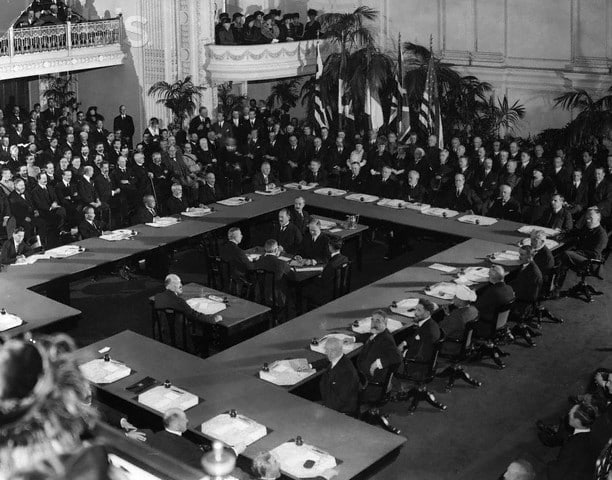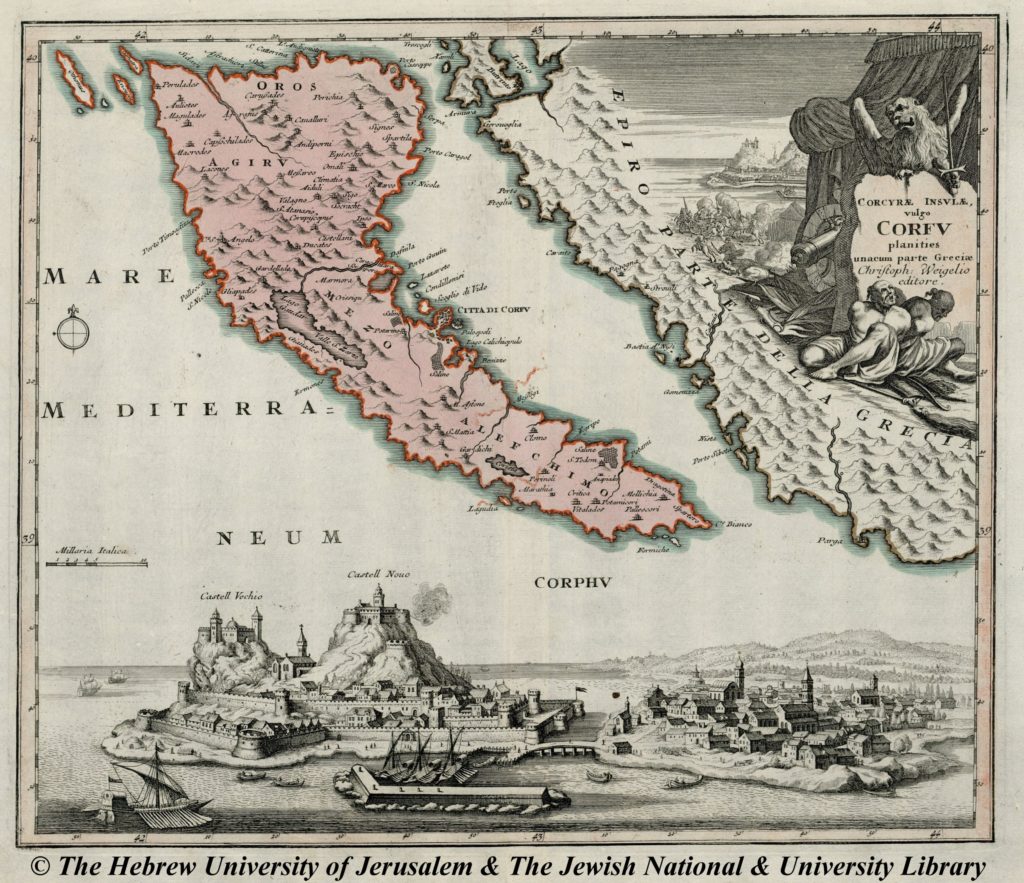The League of Nations (LON) was set up in 1919 as a result of the Treaty of Versailles Throughout the 1920s, it tried to uphold its aims but its powers were greatly limited. The league of nations was primarily formed as a global peace maker which was meant to prevent the start of another world war.
The idea came from President Wilson, the president of the US, who wanted a period of peace and prosperity. The League’s main aims were to discourage aggression from any country, encourage cooperation in business and trade, reduce armies from around the globe and finally, to improve working conditions. This all sounded great in theory but in practice, it could not work as Wilson hoped for.
First, if the League felt as if a certain country was being too aggressive towards the LON, they had the power to impose trade sanctions on that country which would forbid said country to trade with any other country in the League of Nations. The main issue with imposing trade sanctions was, as the USA was not a part of the League due to the Senate blocking them from joining, they did not have to obey their rules.
This meant that any country that was given the sanctions could just start trading with one of the largest economies in the world at that time. The League’s rules then stated that if forcing the trade sanctions on the country did not get them to back down, they had the right to use military force. The LON had no army of their own and was counting on the members to offer their own countries armies to fight a war that did not involve them. This was extremely naïve of them and made the punishments unenforceable.
During the 1920s, the League was undermined multiple times by other countries and organisations. As the US Senate had blocked the US from joining LON. That meant that they were free to do what they wanted including setting up their own conferences. They set up 2 of their own in Washington from 1921-1922 in an attempt to limit tension between Japan and the US.
However, this quarrel was one that should have been sorted out by the League of Nations but the US organized it by themselves and invited Britain who was a cabinet member of the League of Nations. The treaty became a huge success and showed the rest of the world that the LON could not fix every problem.
Also, in 1922, the British Prime Minister, Lloyd George, organized his own international conference in Genoa to create a solution to Germany and France’s dispute over reparations and the level of Germany’s disarmament. However, this was a huge disaster and the problem was not solved. Germany and the Soviet Russia were not invited to the LON and so while the unsuccessful conference was happening in Genoa, they had their own talks in Rapallo.
A treaty was signed between the 2 on April 16th 1922 which created friendly relations between the two counties and they both secretly agreed to co-operate on military planning. This treaty shocked the French when they heard about it as it meant that Germany could get most of the weapons that the Treaty of Versailles banned for them. Overall, the Treaty of Rapallo was seen as a massive blow for the League of Nations.
The League was not entirely successful, in the 1920s, in solving disputes. It was particularly weak where major countries came into conflict. In 1923, the Conference of Ambassadors employed the help of a few Italian soldiers to mark out the border between Greece and Albania. However, they were murdered by a group of bandits while in Greece.
Mussolini, the then leader of Italy, demanded 50 million lire as compensation for their deaths. Greece, in protest, asked the League of Nations to look into the matter but Italy refused to accept this and invaded Corfu. Eventually, the Conference of Ambassadors ordered Greece to accept Mussolini’s terms but this was seen as undermining the League and showed that they were not all powerful in global politics. Also, in 1923 the League suffered yet another failure.
As the Treaty of Versailles said, Germany was to pay reparations to the allies as the losers of the war. However, in 1923 Germany did not pay its reparations. As a result, France invaded the Ruhr without previously consulting the League prior to the invasion. As France was a council member of the League of Nations, this was an embarrassment for the League.
The League did however, have some success in solving disputes among smaller countries. The Aaland Island had belonged to Finland but Sweden also claimed ownership over the islands. A majority of the residents of the islands were Swedish however, the League then decided that the Islands should remain a part of Finland.
In 1920, Upper Silesia held a Plebiscite which would determine if they were to be a part of Germany or Poland as a result of the Treaty of Versailles. 700,000 people decided to join Germany and the other 500,000 voted to join Poland. The League then chose to separate the area and gave 1/3 to Poland and the other 2/3 to Germany. This was seen as a success to the League of Nations as it avoided a possible war over the area.


